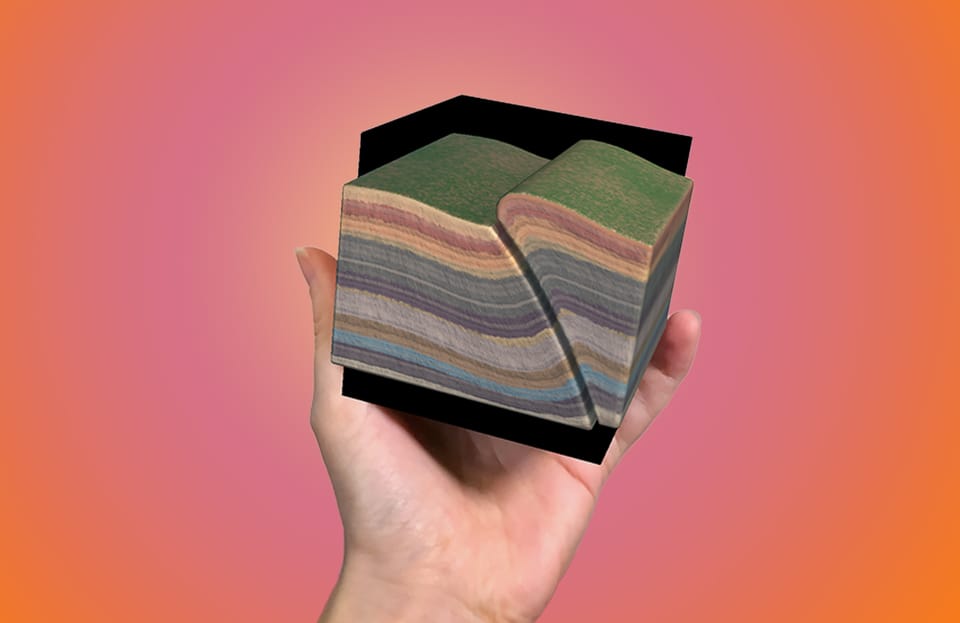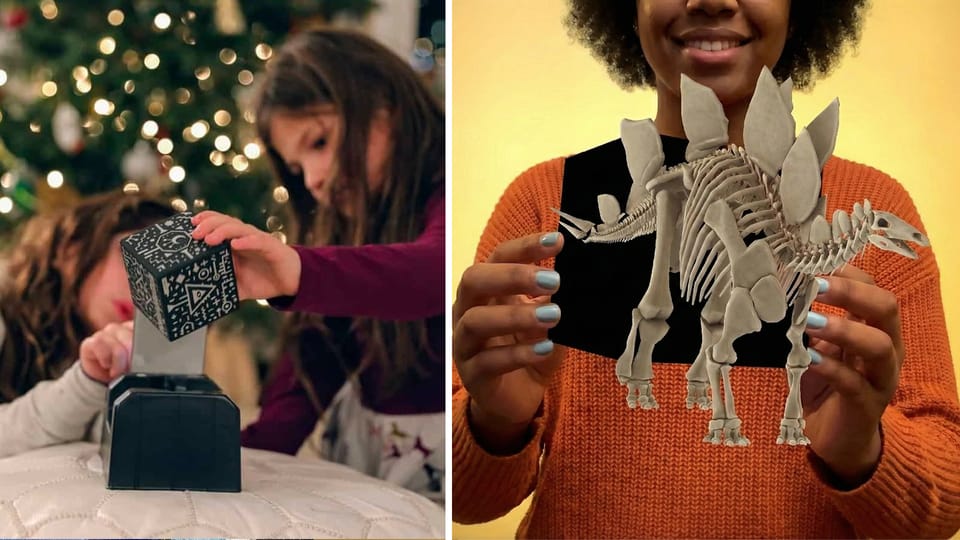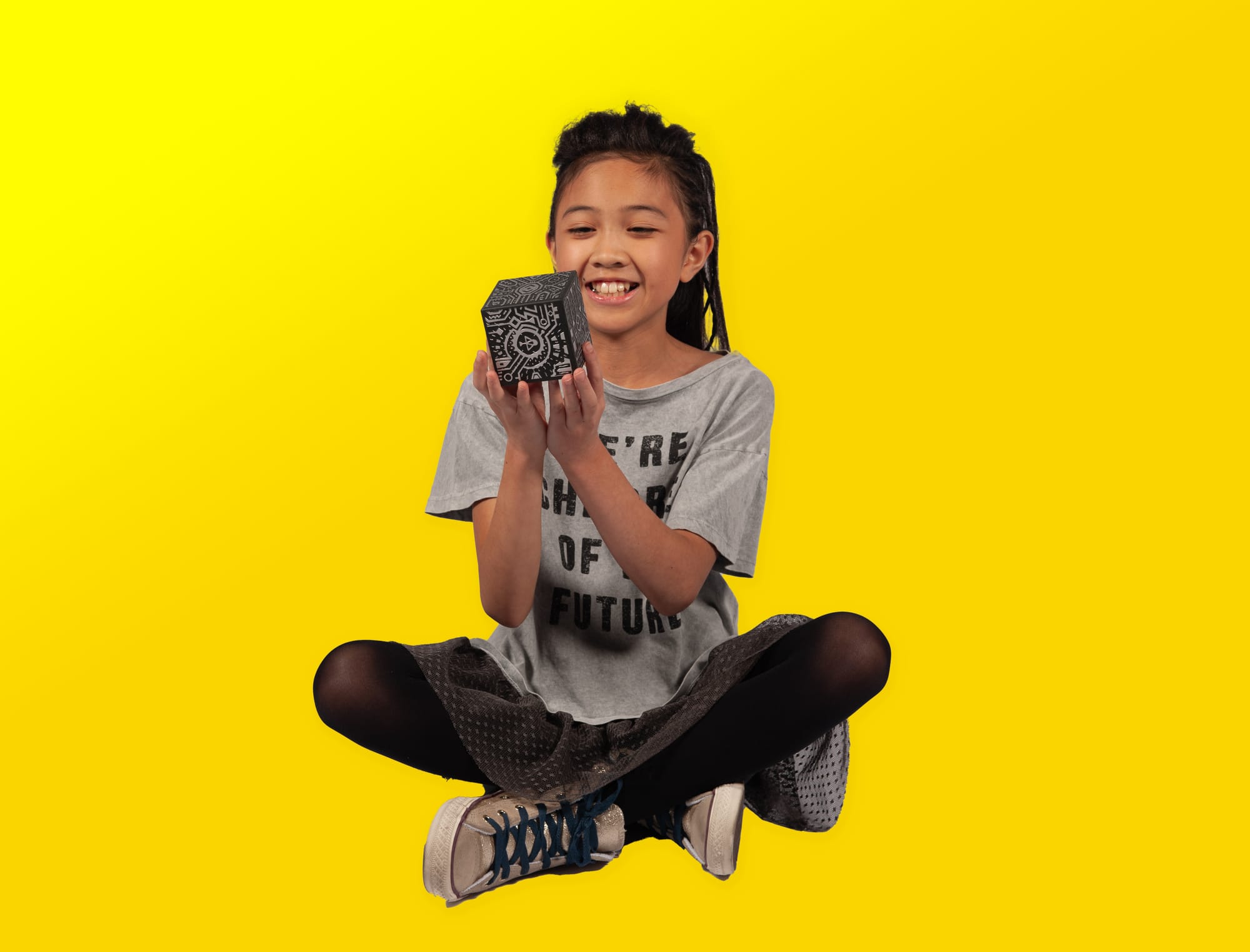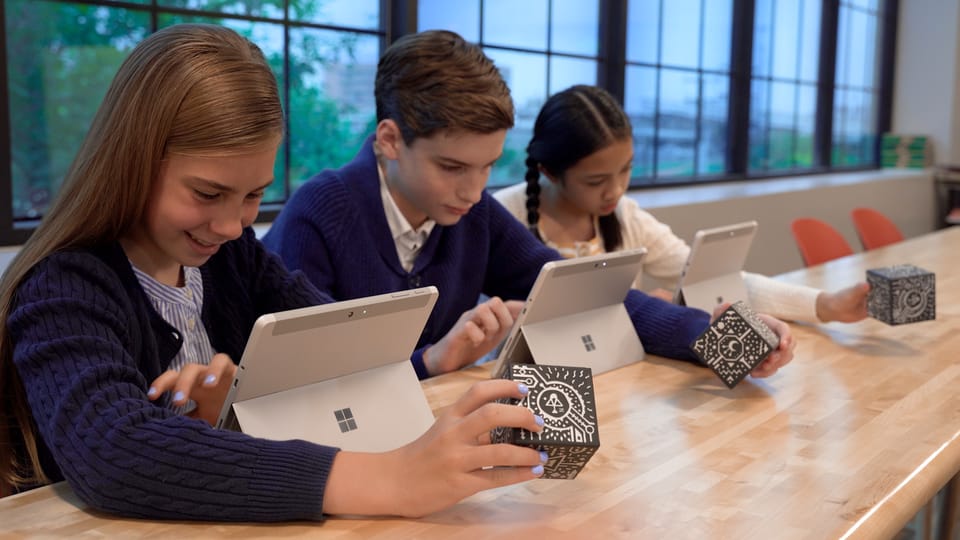Blasting Off to NASA Careers: How AR Boosts an Interest in Astronomy for your Students
Whether students dream of walking on Mars or programming satellites in mission control, Merge EDU provides interactive, hands-on experiences that spark genuine passion for space and science.

Gazing into the vast expanse of the night sky naturally ignites a spark of awe and wonder. For many students, that spark ignites a dream of exploring the cosmos as an astronomer, aerospace engineer, or astronaut at NASA.
With Merge EDU, a hands-on augmented reality (AR) tool for K-12th grade, you can bring space science to life right in the classroom, turning abstract concepts into hands-on experiences that prepare learners for the exciting world of space exploration.
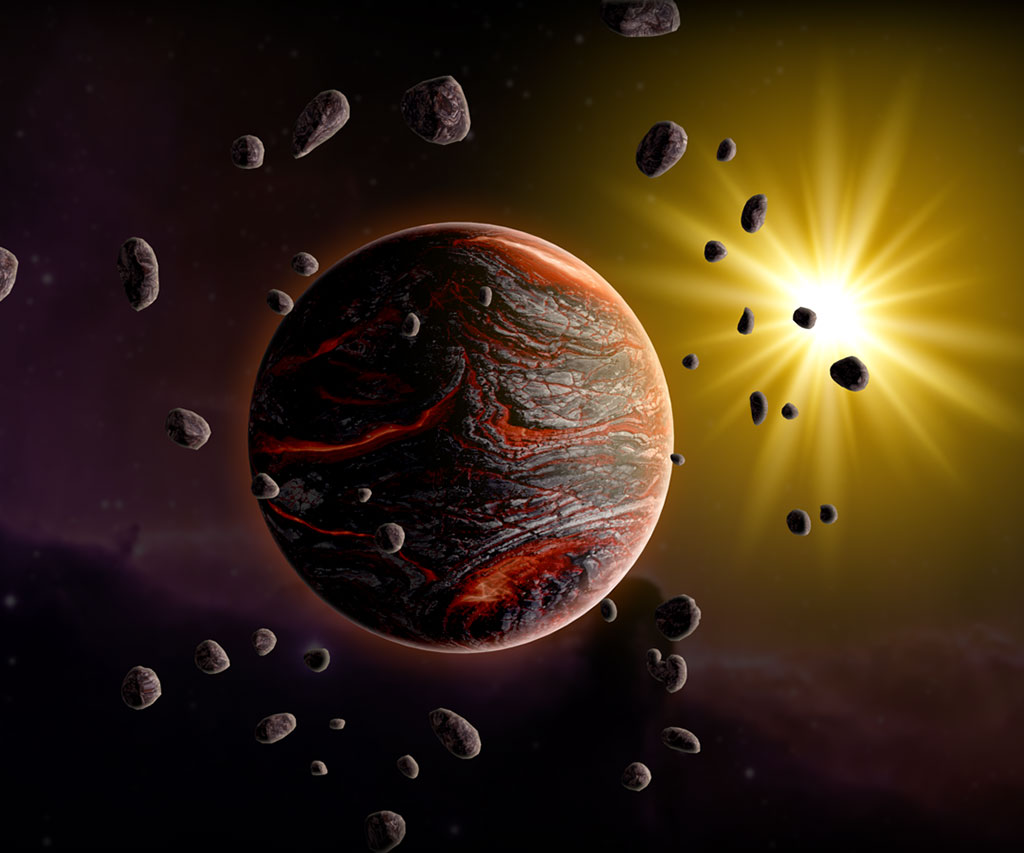
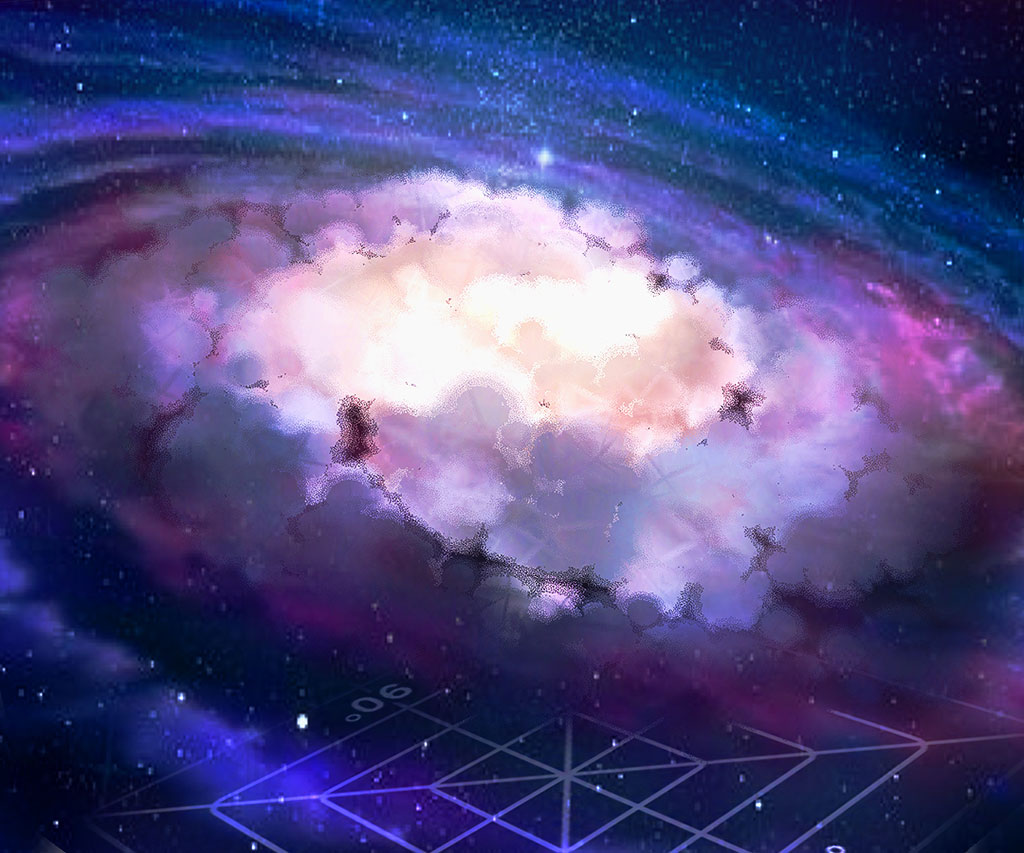
Making the Solar System Tangible
Traditional textbooks and videos are essential, but they often fall short when it comes to visualizing the vastness of our solar system. Merge EDU changes that:
- Hold Planets in Your Hand: Using Merge Explorer or Object Viewer with the Merge Cube, students can “hold” the planets and even zoom in to see details like surface terrain or atmospheric layers. This direct engagement helps students better grasp scale and the unique characteristics of each celestial body.
- Dynamic Planetary Models: Students can view orbital movements in an interactive AR environment. Seeing how the Earth revolves around the Sun—and how that movement affects seasons—helps learners master core astronomy concepts without leaving the classroom.
I seem to have the Crab Nebula on my living room floor… (and thank you for all your help in getting it there, @mergeedu).
— Michael Merrifield (@AstroMikeMerri) February 11, 2023
I have a cunning plan… pic.twitter.com/bRsYEISTm1
Real NASA Data at Their Fingertips
One of the most powerful tools in Merge EDU is the Merge HoloGlobe app, which offers real-time and historical satellite data from NASA and NOAA:

- Visualize Earth’s Systems: Learners can examine global weather patterns, ocean currents, and storm systems in the palm of their hand. This fosters an understanding of Earth science and climate research, both of which are critical areas for NASA’s Earth-observing missions.
- Inspiring Future Scientists and Engineers: Once students realize they can view satellite data—just like real NASA scientists—they’re more likely to see themselves working in research, mission control, or even designing satellite instruments. It’s a tangible pathway to a wide range of STEM-related NASA careers, from satellite technology to environmental science.

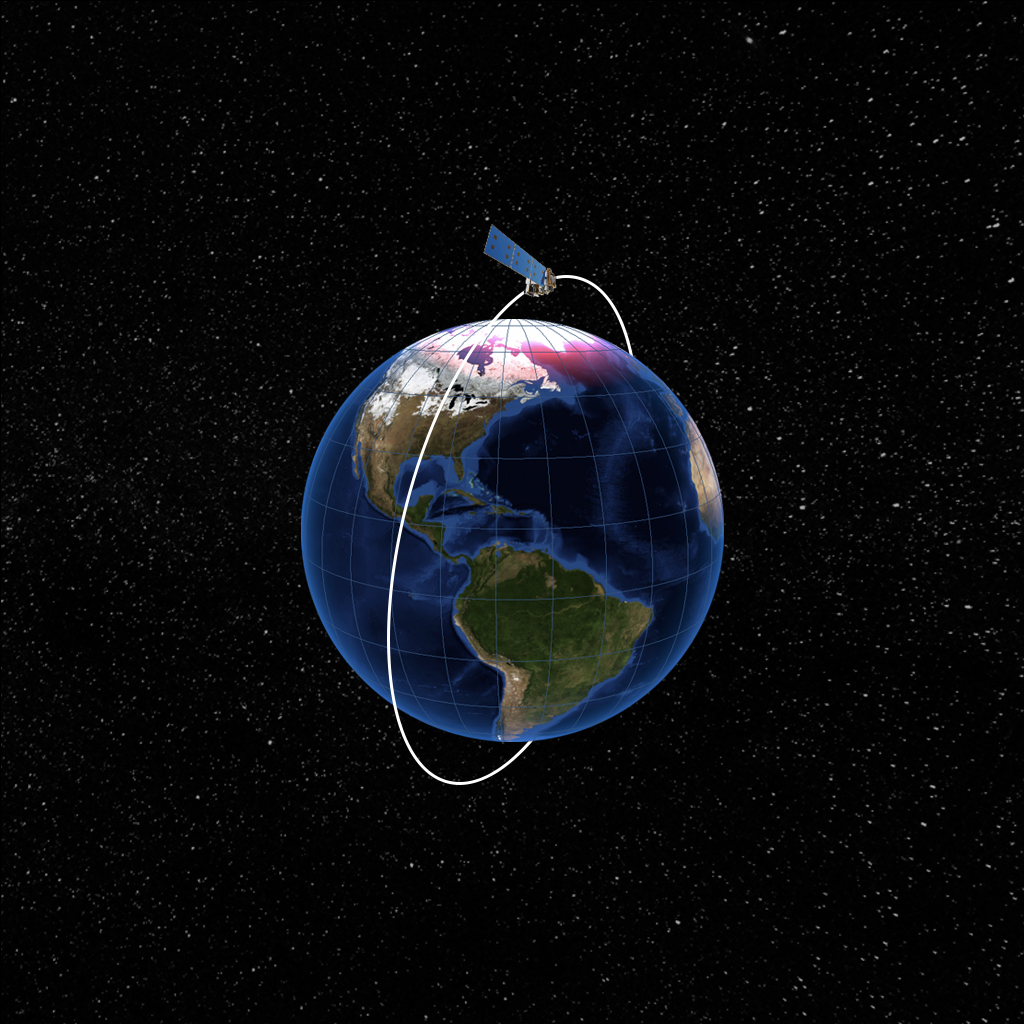
Bringing the Cosmos Into Your Classroom
From planetary geology to astrophysics, the library of science simulations can be integrated into your curriculum for even greater impact:
- Standards-Aligned Lessons: Merge EDU’s content is aligned with individual state and NGSS science standards for kinder - 12th grade. Educators can effortlessly incorporate AR-based astronomy and space exploration activities into lesson plans, labs, and school-wide STEM events.
Inspiring Tomorrow’s NASA Workforce
Many of NASA’s engineers, scientists, and explorers first developed their interest in space science at a young age. By integrating Merge EDU into your astronomy lessons, you’re giving students a sense of wonder and achievement that can shape their future.
- Early Exposure to Advanced Tools: NASA careers rely heavily on cutting-edge technology. Students who regularly use augmented reality to explore space science gain digital fluency—an invaluable advantage as they progress to more advanced research or engineering studies.
- Transforming Curiosity into Career Pathways: When learners discover how satellites monitor Earth’s climate or explore outer planets, they can begin charting a path from the classroom to real NASA missions. Merge EDU lays the foundation for connecting big dreams to tangible goals.
Ready to Ignite the Next Generation of Space Explorers?
Whether students dream of walking on Mars or programming satellites in mission control, Merge EDU provides interactive, hands-on experiences that spark genuine passion for space and science. By blending AR exploration with rigorous learning standards, Merge EDU helps classrooms reach for the stars—and prepares students for the limitless possibilities of NASA careers.
Want to learn more? Visit mergeedu.com to explore how Merge EDU can elevate your astronomy curriculum and set your learners on a trajectory toward exciting futures in space exploration!






